
Search

Search

-(-)-10-Camphorsulfonic_acid主图.jpg)
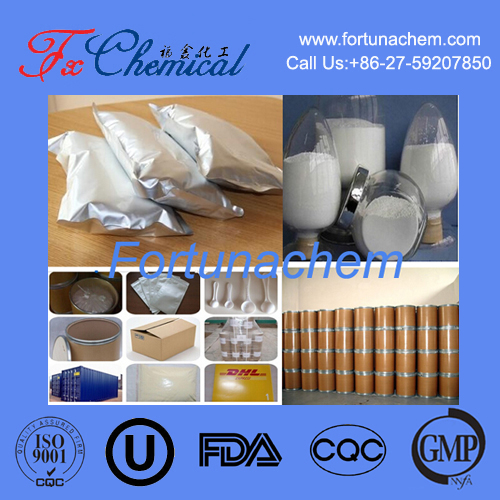
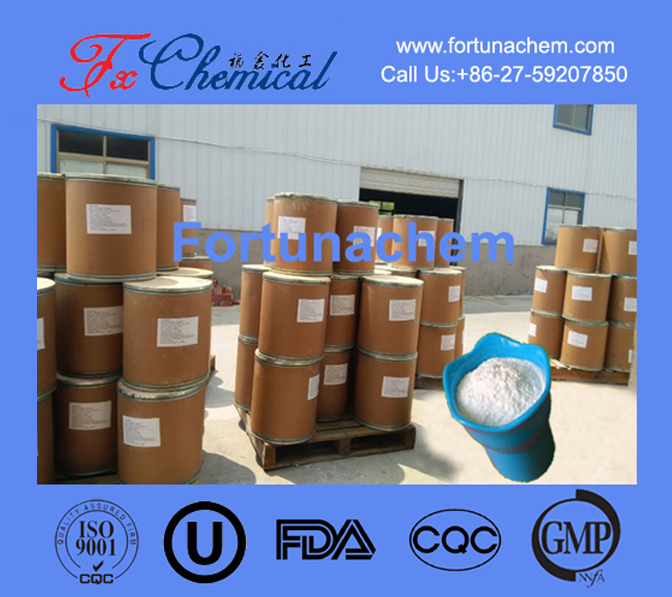
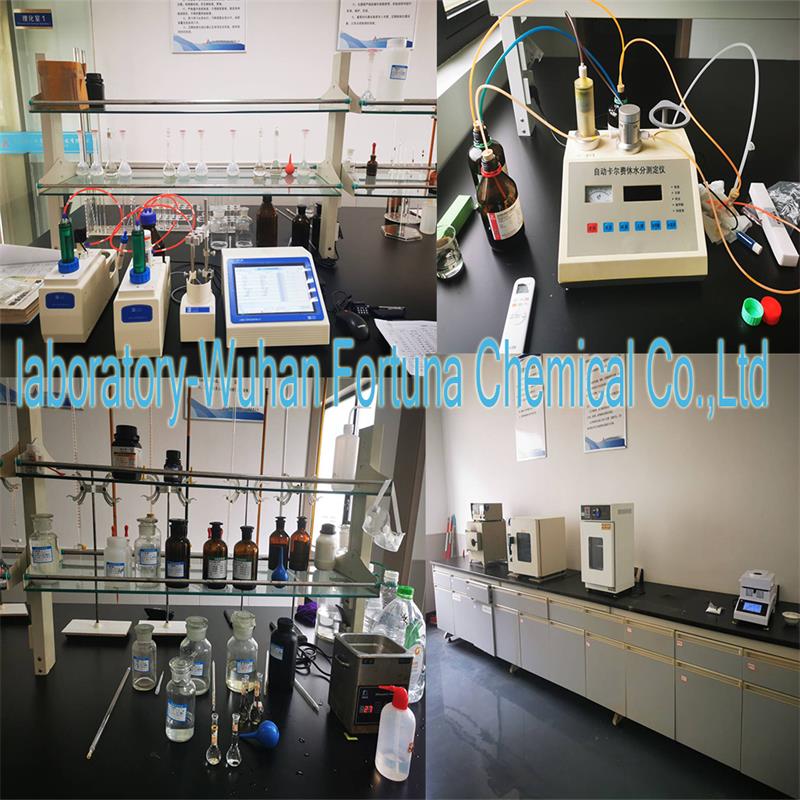
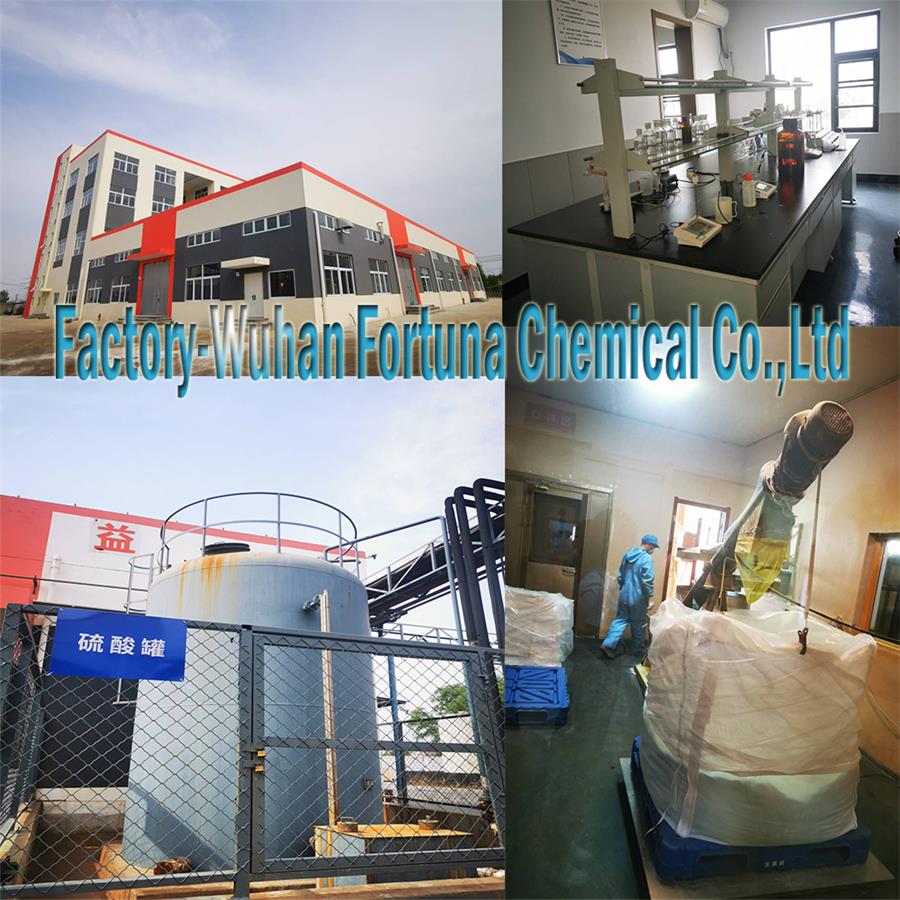
-(-)-10-Camphorsulfonic_acid主图.jpg)




(1R)-(-)-10-Camphorsulfonic acid (CSA) is a strong, chiral organic acid derived from camphor. Its rigid, well-defined structure and powerful sulfonic acid group make it invaluable in chemistry. It is primarily used as a chiral resolving agent to separate mirror-image molecules (enantiomers), especially for pharmaceuticals. It also serves as an effective catalyst for asymmetric synthesis, steering reactions to produce a single desired enantiomer. Its versatility and predictability make it a fundamental tool for creating and purifying complex chiral compounds.
(1R)-(-)-10-Camphorsulfonic acid, often abbreviated as CSA or (R)-CSA, is a versatile and important organic compound derived from camphor. It is classified as a chiral sulfonic acid.
In simple terms, it's a naturally occurring, strong organic acid with a specific, well-defined three-dimensional shape that makes it incredibly useful in chemistry, particularly in the synthesis of chiral molecules (like many modern pharmaceuticals).
Chemical Structure: It consists of a rigid, bicyclic camphor skeleton with a sulfonic acid group (-SO₃H) attached at the 10-carbon position. This rigid structure is key to its function.
Chirality: The molecule is chiral, meaning it is not superimposable on its mirror image. The "(1R)" part of its name specifies the exact spatial configuration of its atoms. Its mirror image is called (1S)-(+)-10-Camphorsulfonic acid.
Think of it like a right hand and a left hand. They are mirror images but not the same. CSA is one of these "hands."
Optical Activity: The "(-)" symbol indicates that it is levorotatory; it rotates the plane of plane-polarized light to the left (counter-clockwise).
Acidity: The -SO₃H group makes it a strong organic acid, much stronger than common carboxylic acids like acetic acid. It is soluble in water and many organic solvents.
CSA is a workhorse in synthetic organic chemistry, primarily for two major reasons:
This is one of its most classic and vital applications. Many molecules synthesized in the lab are created as a 50:50 mixture of two mirror-image forms (called racemates). However, often only one of these forms has the desired biological activity (e.g., in a drug). Separating these two forms is very difficult.
CSA is used to perform "chiral resolution":
CSA, being chiral itself, can react with a racemic mixture of a chiral base (like an amine) to form two separate diastereomeric salts.
These two salts have different physical properties, most importantly, different solubilities.
Because they have different solubilities, one salt can be crystallized out of the solution, leaving the other behind.
The purified salt is then treated with a base to release the desired, pure enantiomer of the original amine.
Analogy: Imagine trying to separate a mixture of right and left gloves. If you only have right hands, you can't do it. But if you have a box designed specifically for right gloves, the right gloves will fit perfectly and can be "captured," while the left gloves will not.
CSA is widely used to catalyze a variety of chemical reactions, where it not only speeds up the reaction but also controls the stereochemistry of the product, favoring the formation of one enantiomer over the other. This is crucial for efficient and "green" synthesis.
Examples: It is used in asymmetric aldol reactions, Diels-Alder reactions, and Mukaiyama aldol reactions.
As a Strong, Convenient Acid: It's a useful alternative to mineral acids like HCl or H₂SO₄ in situations where a strong, non-oxidizing acid is needed, especially in organic solvents.
In Polymer Chemistry: It is used to polymerize certain monomers and as a doping agent for conductive polymers like polyaniline.
In Pharmaceuticals: As a counterion to form stable salt forms of drug molecules (e.g., Camphorsulfonates), which can improve their crystallinity, stability, and bioavailability.
| Property | Description |
|---|---|
| IUPAC Name | (1R,4S)-7,7-dimethyl-2-oxobicyclo[2.2.1]heptane-1-sulfonic acid |
| Common Name | (1R)-(-)-10-Camphorsulfonic Acid |
| Appearance | White crystalline solid |
| Chirality | Chiral (specific (1R) enantiomer) |
| Optical Rotation | Levorotatory ([α]D = -20° to -22°) |
| Acidity | Strong organic acid (pKa ~ 1.2) |
| Primary Uses | Chiral resolving agent, chiral acid catalyst, strong acid source |
In conclusion, (1R)-(-)-10-Camphorsulfonic acid is far more than just an acid. Its unique combination of a rigid, chiral scaffold and a strong acidic group makes it an indispensable tool for chemists to separate and create molecules with precise, three-dimensional structures, which is fundamental to the development of modern medicines and advanced materials.
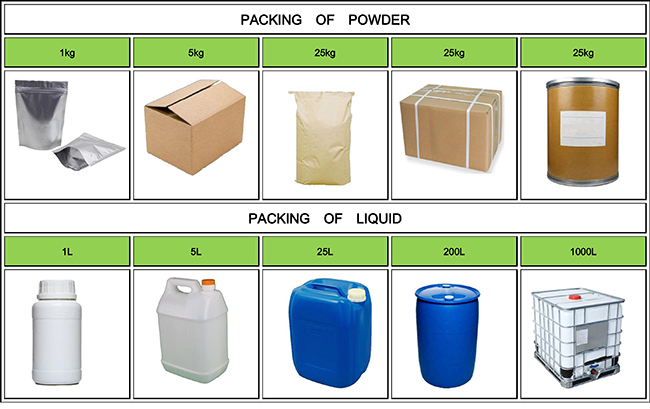
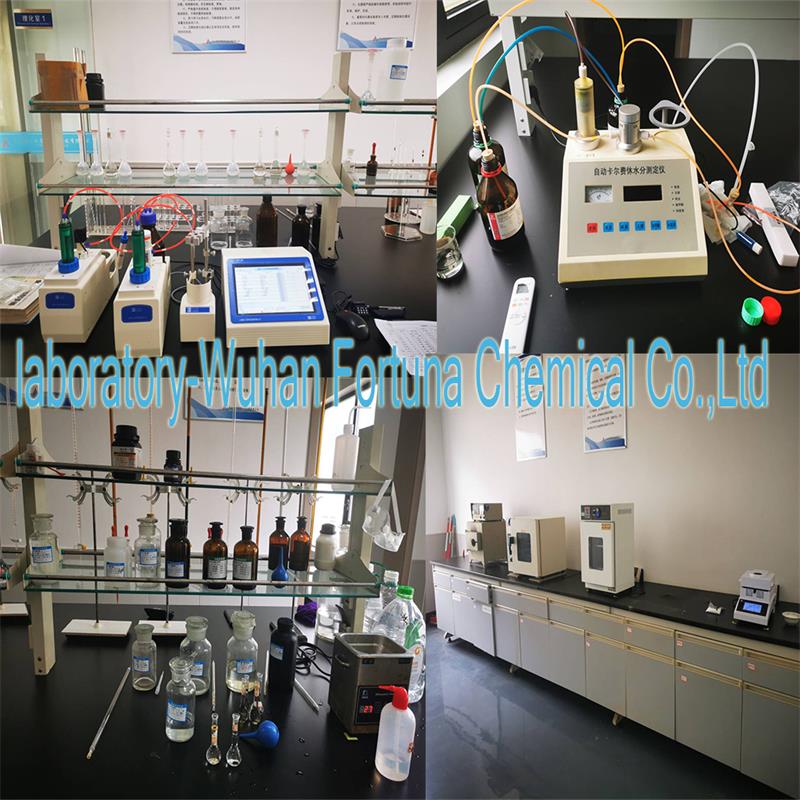


Fortunachem Provides Not Only Professional Chemical Products But Also Professional Help
Keeping you up-to-date with all the latest information, news, and events about Fortunachem!

Quick Links
Add:
E-mail:
 English
English  Español
Español  français
français  العربية
العربية 
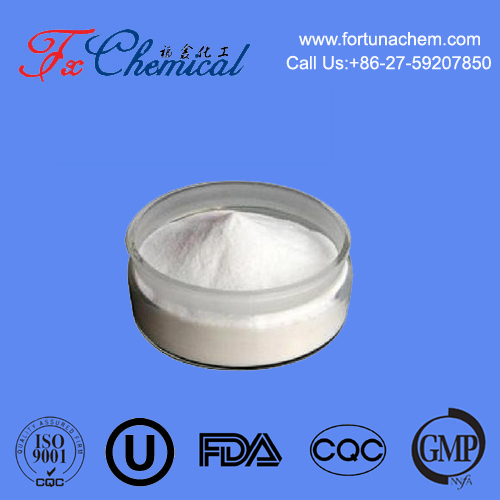
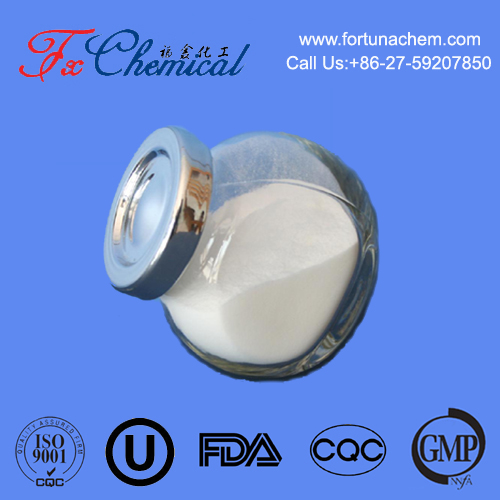
![2,2'-Bis[4-(3-aminophenoxy)Phenyl]propane CAS 87880-61-3 2,2'-Bis[4-(3-aminophenoxy)Phenyl]propane CAS 87880-61-3](/uploads/image/20220224/13/chemistry-diagram.jpg)



